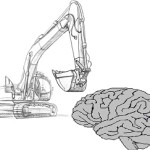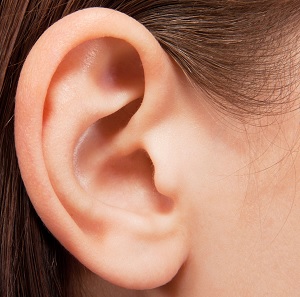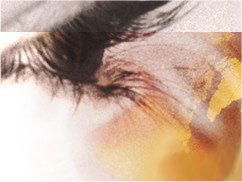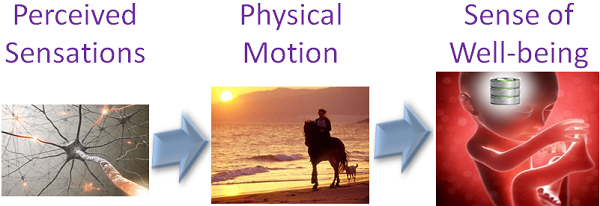13 Feb Remember Yorrick
 Mouldering Memories
Mouldering Memories
Sometimes dredging up old memories is a major operation in excavation. Yet we have an amazing capacity to retain information learned long ago and not recalled in recent memory. Today, I’d like to address questions of learning, especially in the context of the earliest learned things.
In order to recognize something, we must have, at least once, cognized it. When our cognitive apparatus has once processed something, its next appearance becomes a little easier. With repeated exposures over time, we remember it. Then we are likely to forget it. But we may  remember it again later. It’s hard to know how much we remember, especially of the memories that are buried deeply and will never resurface unless something remarkable happens to dredge them up from the depths.
remember it again later. It’s hard to know how much we remember, especially of the memories that are buried deeply and will never resurface unless something remarkable happens to dredge them up from the depths.
An image from the Folger library of the Prince of Denmark by a graveside left a deep impression on me. Does it strike a chord with you?
| Understanding Context Cross-Reference |
|---|
| Click on these Links to other posts and glossary/bibliography references |
|
|
|
| Prior Post | Next Post |
| Yorrick: Seeds of Knowledge | Perceptual Signatures |
| Definitions | References |
| experience neurite | Mayo Clinic – Fetal Development |
| perception consciousness | Baby Center – Fetal Development |
| learning memory | Learning Styles Online |
| exposure discriminate | How Memory Works |
 Perceptual Recognition
Perceptual Recognition
The sense of touch is often associated with the hand, or the skin, but we are capable of experiencing tactile sensations through many parts of the body, including inward ones. The linkages we have discussed thus far have been perceptual versus conceptual. In other words, Yorrick has recognized a connection in the physical world between perceived motion and his well-being, so these things have become connected in his brain. Whether this happened as the result of neuron fiber growth or electrochemical reactions forming bridges over existing synapses is less important than the basic assumption that new links formed, whether physical or electric-chemical.
Since we know that the parts of the brain are specialized, we can assume that the first fragments of knowledge develop in proximity to one another, so link formation is not physically difficult. The first knowledge may occupy large tracts of neurons while successive learned knowledge may occupy more and more compact areas of the brain. The illustration below is a way of representing a conceptual linkage. In this illustration, each picture represents a concept and an arrow represents a link. We can call the pictures concepts or nodes or locations of stored knowledge. The arrows may be more than abstract notions of connectedness: there may be dendrites and synapses forming the links.
Audio Acquisition
 When he is a little further along in the development cycle, 19 to 20 weeks from conception, little clusters of components in Yorrick’s head begin to register muted vibrations. The first audio sounds he registers are mom’s voice. Many other sounds he registers are so muted that they resemble the changes in equilibrium associated with motion. As Yorrick’s audio discrimination capabilities develop, he gradually becomes aware of subtle differences between the phenomena of motion and sound. In the midst of this awareness, mom takes her daily horseback ride. Because of frequent repetition of the stimuli, Yorrick is familiar with the motive and tactile signature of a ride, so he is attentive. He is beginning to learn about his ability to experience stimuli of different sorts.
When he is a little further along in the development cycle, 19 to 20 weeks from conception, little clusters of components in Yorrick’s head begin to register muted vibrations. The first audio sounds he registers are mom’s voice. Many other sounds he registers are so muted that they resemble the changes in equilibrium associated with motion. As Yorrick’s audio discrimination capabilities develop, he gradually becomes aware of subtle differences between the phenomena of motion and sound. In the midst of this awareness, mom takes her daily horseback ride. Because of frequent repetition of the stimuli, Yorrick is familiar with the motive and tactile signature of a ride, so he is attentive. He is beginning to learn about his ability to experience stimuli of different sorts.
For the first time, he becomes aware of an audio component that coincides with the other phenomena. When mom brings the dapple to a gallop, Yorrick clearly hears the rhythmic fall of hooves and quickly becomes accustomed to the new combination of stimuli. As usual, he responds by falling asleep. Consider our earlier exploration of the specialized parts of the brain. Although we do not know exactly when the receptive language area of the brain (Wernicke’s Area) matures in the developmental chronology, we do know that the audio mechanisms and the specialized cerebral parts are functioning together at a time long before birth. We can even presume that the earliest learned patterns are soon supplanted by the more acute stimuli patterns heard after birth. It seems obvious that the functional brain in the fetus is surely more capable and more specialized than the best computers available in 1997 (when I first wrote about Yorrick).
The Eye
 Humans have an acute sense of vision. Once Yorrick emerges from the womb, he will rely on his eyes for learning about things in the world. If he were blind, he would have to rely on his other senses. Studies show that deaf people are at a greater disadvantage in the modern world than the blind. We can infer that this greater disadvantage arises from the fact that audio information is fundamentally more abstract than visual data. Consequently, learning to understand spoken language is a valuable starting point in abstract reasoning.
Humans have an acute sense of vision. Once Yorrick emerges from the womb, he will rely on his eyes for learning about things in the world. If he were blind, he would have to rely on his other senses. Studies show that deaf people are at a greater disadvantage in the modern world than the blind. We can infer that this greater disadvantage arises from the fact that audio information is fundamentally more abstract than visual data. Consequently, learning to understand spoken language is a valuable starting point in abstract reasoning.
Next, I will post about the visual and audio patterns that become signatures of known people and things, and help us build our declarative knowledge.
| Click below to look in each Understanding Context section |
|---|









